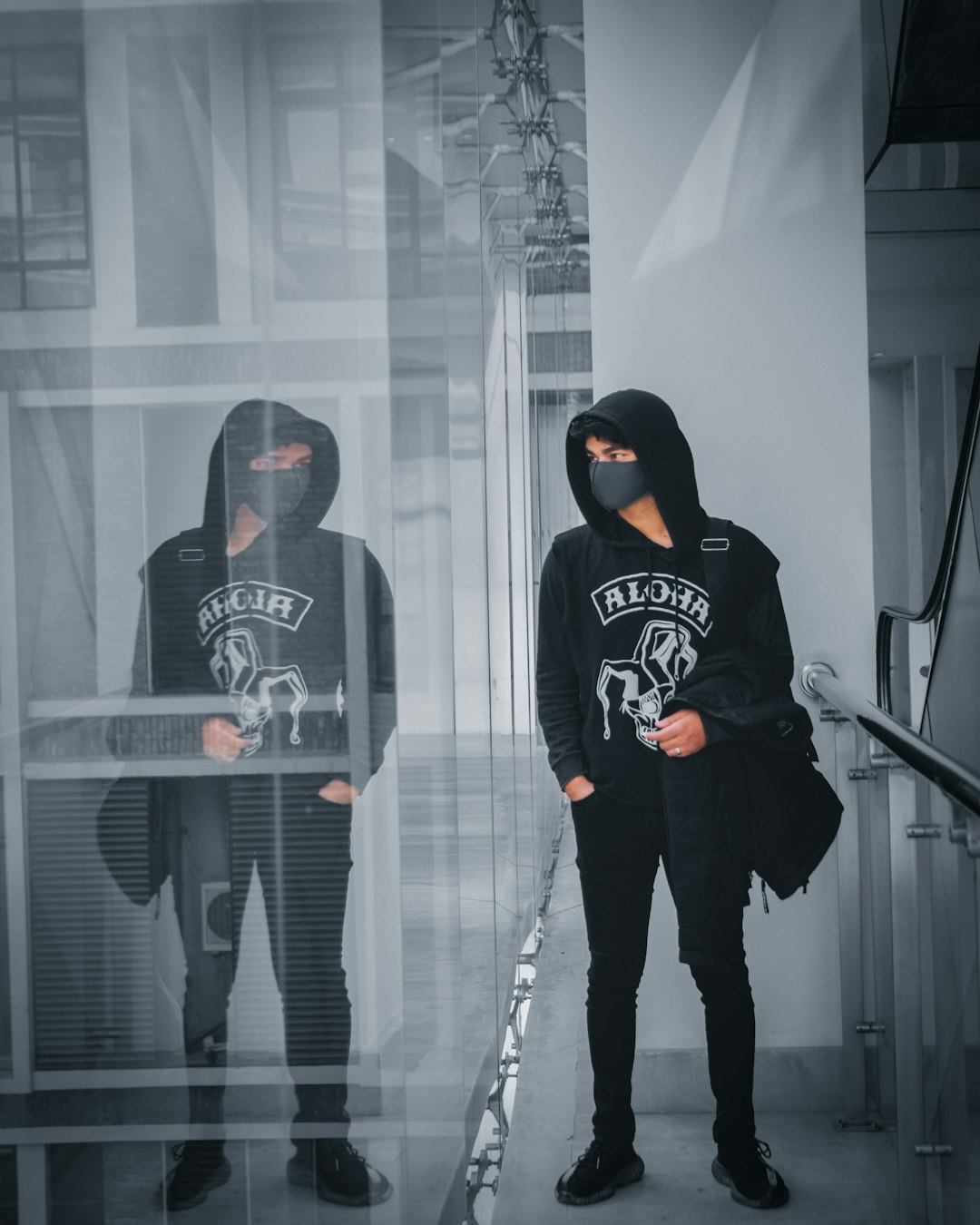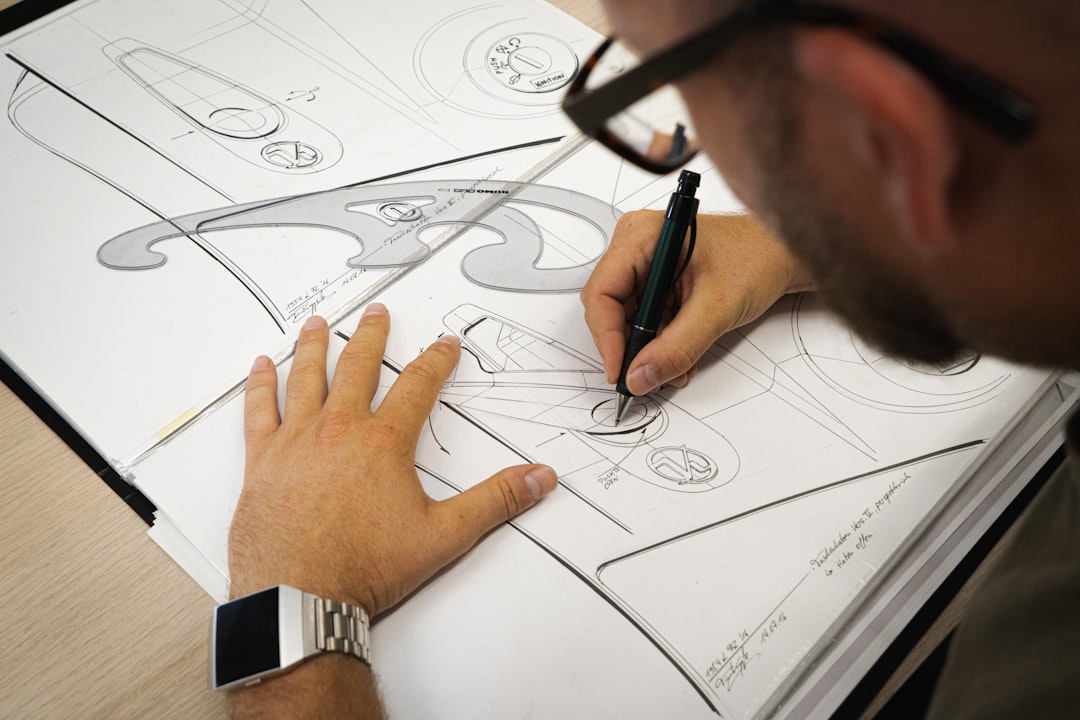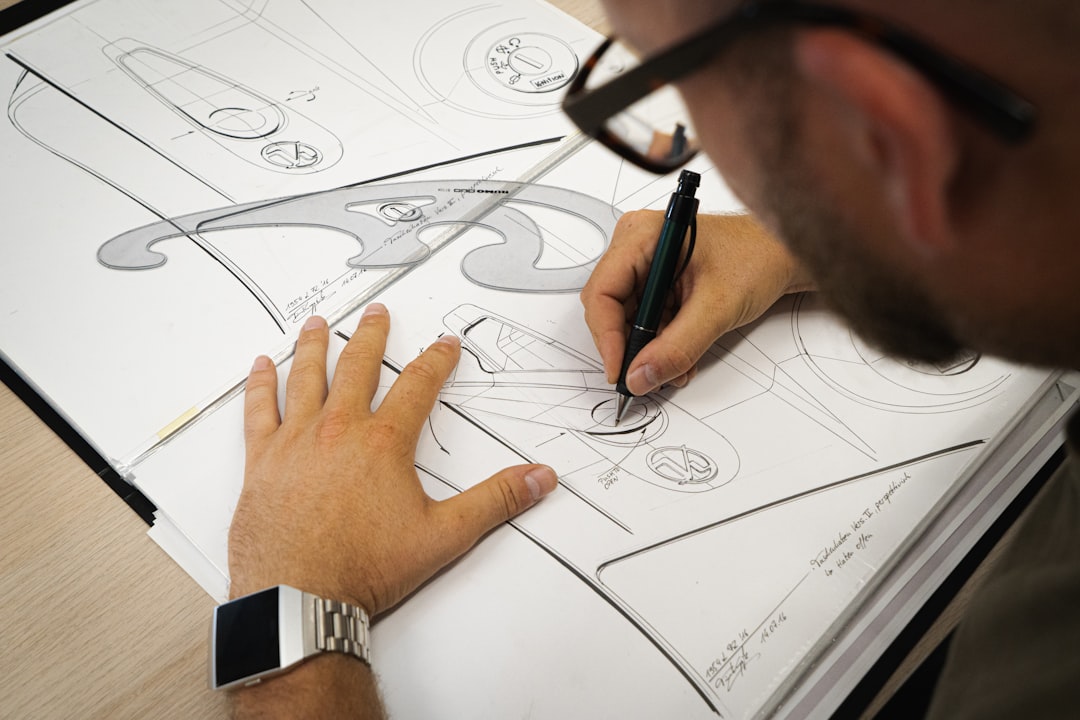In Kerala, Thiruvananthapuram shines as a lively center for art, music, dance, and cinema every year during the Soorya Festival. Named after the sun god "Soorya," this celebration honors Indian legacy. It's more than just a party; it's a tribute to creativity and beauty. The Soorya Celebration has a legacy that spans over forty years. It is now one of India's longest and most respected social events.
Each year, from September to January, the celebration draws skilled craftsmen, performers, and art lovers from across the globe. Soorya Celebration turns Thiruvananthapuram into a lively cultural canvas. It features classical dance, beautiful music nights, cinematic talks, and vibrant performances.
Not all festivals arrive with firecrackers and noise. Some just appear. Slowly. Like a river returning to its path. In the capital of Kerala, there’s a name that doesn’t need lights to shine—Soorya Festival. No fanfare, no fireworks, yet the city knows when it’s back. The rickshaw driver talks about it. The tea shop uncle mentions yesterday’s play. Someone hums a raga on the bus.
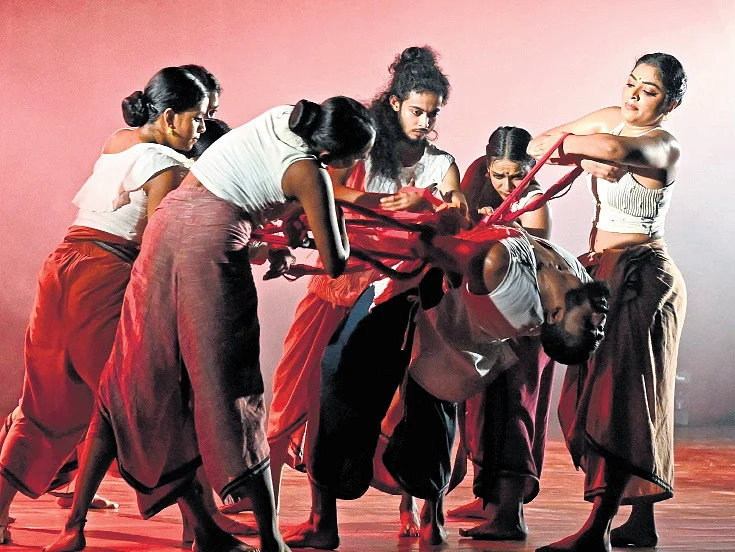
It started way back. In 1977, under the vision of Soorya Krishnamoorthy, a man more connected to satellites than stage lights. Working at ISRO, but dreaming of platforms for performers. What began in a hall with barely 50 chairs now runs for over 100 days and still avoids the noise. Soorya doesn’t shout. It breathes.
Dance Without Distraction
Every Movement, a Message
The dancers who perform at Soorya aren’t just showing form. They are holding memory. Mohiniyattam, Bharatanatyam, and Kuchipudi—each foot tap seems to echo something older than the floor. There is no rush to entertain. It is not a race. The hands rise, eyes turn, and stories unfold.
Audiences don’t clap loudly. Not always. Sometimes, silence becomes applause. And sometimes, the tears after the final pose say more than standing ovations. No bright backdrops. No smoke machines. The light stays warm. The floor stays bare. The dancer carries everything.
Sounds That Settle In the Chest
Music With No Commercial Break
A man walks in with a mridangam. No introduction. No posters. Sits. Places it on the cloth. Begins. Five minutes pass. Then ten. He hasn’t said a word. But every beat is a sentence. On another evening, a woman walks in, holding a veena. She plays a raga from memory.
Some in the crowd know the notes. Some don’t. But they all feel it. The stage never needs ten musicians to impress. Sometimes just one voice is enough. One flute. One ghatam. And it lingers long after the performance ends.
Theatre That Forgets the Curtain
Simple Stories That Stay
Soorya doesn’t chase glamour on stage. The plays are minimal. At times, two actors with nothing but a bench. Or one woman and a lightbulb. But what’s told is enough. A grandmother writing letters to her lost son.
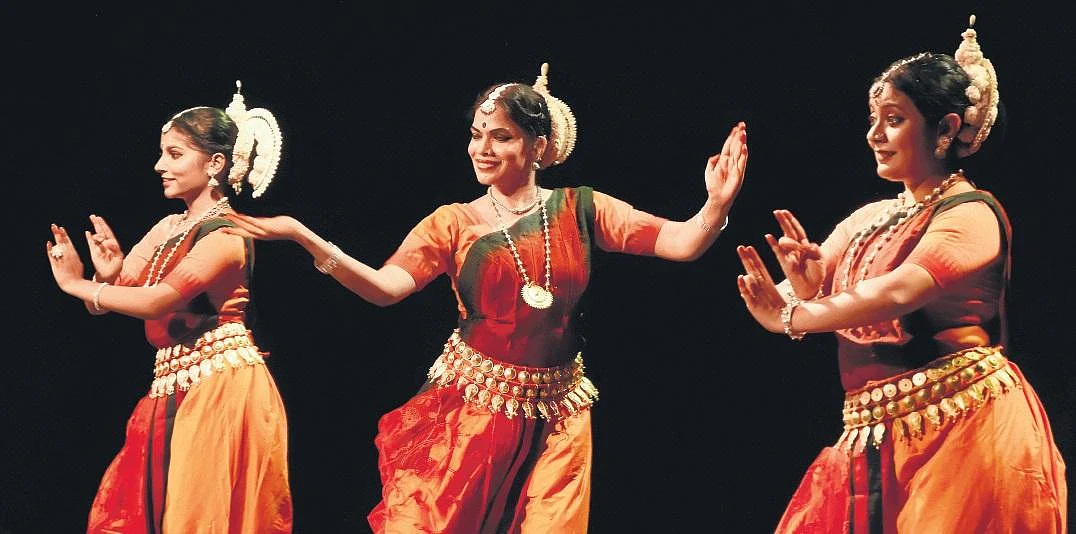
A factory worker dreaming of sunlight. An old poet talking to crows. No loud dialogues. No stage tricks. The drama is in the pauses. The tension between words. Many leave these plays quieter than they entered.
Cinema for Thought, Not Box Office
Films Few Have Seen, But None Forget
The cinema selection at Soorya skips the big-budget screens. Instead, it offers small, strange, tender stories. A boy from Assam looking for his mother. A documentary on disappearing languages in Karnataka.
Black and white scenes from Tamil Nadu villages shot on borrowed cameras. Viewers sit, unsure. But leave, affected. After the lights return, filmmakers often stay back. No stage. No formal Q&A. Just conversation. No barrier between screen and seat.
Workshops That Don’t Feel Like School
Learning Without Fear
Workshops during the Soorya Festival are not just for professionals. A 12-year-old learning mridangam might sit next to a 60-year-old starting sketching again after 30 years.
There are no judgments here. Just shared curiosity. Dance basics. Storytelling. Raga explanation. Mask making. Anyone can join. Some join and stay. Others just watch. In those small rooms, strangers share space. And the art grows slowly, like a plant in soft soil.
Not Sponsored, Not Sold
There are no big brands attached to Soorya. No banners declaring who paid for the stage. Because no one owns it. It belongs to the people who show up, year after year. To watch, to help, to believe. Volunteers run the entire show. Young students. Retired teachers. Local shopkeepers. They manage everything from lights to food to clean-up. No salary. Just love. And that’s why it stays pure.
Covid Came. But Soorya Didn't Go.
The silence in 2020 was loud. No stages, no music, no plays. But still, the spirit didn’t stop. Performers recorded pieces at home. Some streamed online. Others just waited. When things opened again, the seats filled faster than expected. Not because of promotion. But because people missed the feeling. And Soorya returned like a memory knocking gently.
A City That Changes With It
During the festival months, something changes in Thiruvananthapuram. A kind of quiet excitement. Evenings begin earlier. People finish dinner faster. Neighbors ask if the theatre’s full. It spreads without schedule.
A teacher may sing a line from the concert during class. A driver might repeat a joke from the play. Art steps into street corners and front porches. And even those who never attend feel something shifting.
What Happens After the Lights Go Out?
When the final show ends and the chairs are folded away, something stays. A tune. A gesture. A story’s ending. People walk away a little slower. Some carry it for days. Others, for years. Art isn’t a product here. It’s a presence. Not something consumed, but absorbed. Gently. Unexpectedly. Soorya gives, without asking.
No VIP Lines, Just People
At Soorya, everyone is equal. No exclusive entrances. No special guest seats. The person selling coconuts outside could be sitting beside a film director. A schoolboy might share space with a retired judge. There’s no sense of higher or lower. Just shared breath, shared silence, shared applause.
The Flame That Doesn’t Flicker
In a world spinning fast, craving content and hashtags, the Soorya Festival does something radical. It slows down. It gives space. For attention.
Art is not decorated here. It is honored. And in doing so, it reminds everyone—not just artists, but the entire city—that tradition doesn’t have to be loud to survive. It just has to be real. Soorya is real. And that’s why it keeps burning.
Maintainability and Future Vision
In later a long time, the Soorya Celebration has embraced eco-friendly hones, from minimizing plastic utilize to advancing paperless ticketing and advanced plans. Organizers have moreover begun leveraging social media and gushing stages to reach worldwide groups of onlookers, guaranteeing the festival’s bequest proceeds in the advanced age.
Looking ahead, the Soorya group envisions growing its outreach programs to provincial ranges, collaborating with schools, and presenting more workshops and craftsman residencies.
Conclusion
The Soorya Celebration is more than fair an event—it is a image of progression, a guide of convention, and a celebration of imagination. It reminds us that in a quickly changing world, there is monstrous esteem in protecting, sharing, and advancing with our social roots.
For anybody enthusiastic around the expressions, going by Thiruvananthapuram amid the Soorya Celebration is an encounter that improves the soul, teaches the intellect, and lights motivation. In a put where craftsmanship meets convention, the Soorya Celebration genuinely lights up not fair the city—but each heart it touches.







